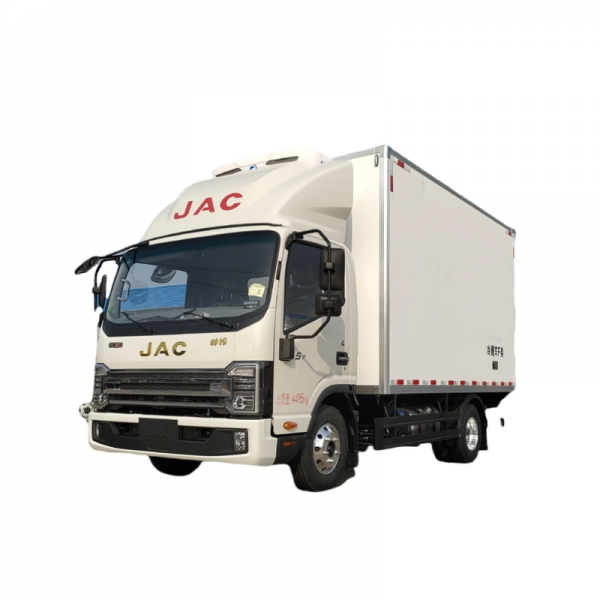Introduction
Truck mounted cranes are versatile and powerful machines used in various industries such as construction, transportation, and logistics. These cranes are designed to lift and move heavy loads with precision and efficiency. One of the key considerations when operating a truck mounted crane is understanding its capacity limits to ensure safety and prevent accidents. In this article, we will delve into the importance of truck mounted crane capacity, how it is determined, and tips for maximizing efficiency and safety.
Understanding Crane Capacity
Crane capacity refers to the maximum weight a crane can lift safely and efficiently. It is crucial to know the crane's capacity to prevent overloading, which can lead to equipment failure, accidents, and injuries. Truck mounted cranes come in various sizes and configurations, each with different capacity limits. The capacity of a crane is influenced by factors such as the crane's design, structural integrity, boom length, and hydraulic system.
Crane capacity is typically expressed in terms of two key parameters: the maximum lifting capacity and the load moment capacity. The maximum lifting capacity is the maximum weight that the crane can lift under ideal conditions, while the load moment capacity is the maximum weight that can be lifted at a specific radius from the crane's centerline. Understanding these capacity limits is essential for safe and efficient crane operation.
Determining Crane Capacity
Crane capacity is determined by the manufacturer and is specified in the crane's load chart. The load chart provides detailed information on the crane's capacity limits based on factors such as boom length, boom angle, and counterweight configuration. Operators must refer to the load chart before operating the crane to ensure that they are within the safe working limits of the crane.
When determining crane capacity, operators must consider the weight of the load, the boom length and angle, and the distance from the crane's centerline to the load. Overloading a crane can result in structural damage, tip-overs, and accidents. It is essential to adhere to the crane's capacity limits to ensure safe operation and prevent costly downtime.
Maximizing Efficiency and Safety

To maximize efficiency and safety when operating a truck mounted crane, operators must follow best practices and guidelines for crane operation. Here are some tips for maximizing efficiency and safety:
1. Know the Crane's Capacity: Familiarize yourself with the crane's load chart and understand its capacity limits. Never exceed the crane's maximum lifting capacity or load moment capacity.
2. Conduct Pre-Operational Checks: Before operating the crane, perform thorough pre-operational checks to ensure that the crane is in good working condition. Check for any signs of damage or wear that could affect the crane's capacity.
3. Use Proper Rigging Techniques: Use the correct rigging techniques and equipment to secure the load properly. Improper rigging can lead to load shifts, which can compromise the crane's stability and safety.
4. Monitor Environmental Conditions: Be aware of environmental conditions such as wind speed, weather conditions, and ground stability. These factors can affect the crane's capacity and stability.
5. Communicate Effectively: Establish Fuel truck engine power with the crane operator, signal person, and other personnel involved in the lifting operation. Use standardized hand signals and communication protocols to ensure safe and efficient crane operation.
6. Regular Maintenance and Inspections: Schedule regular maintenance and inspections of the crane to ensure that it is in optimal working condition. Address any issues or concerns promptly to prevent accidents and downtime.
Conclusion
Truck mounted cranes are valuable assets in various industries, providing efficient lifting and moving capabilities. Understanding crane capacity is essential for safe and efficient crane operation. By knowing the crane's capacity limits, following best practices for operation, and adhering to safety guidelines, operators can maximize efficiency and safety when using truck mounted cranes. It is crucial to prioritize safety and adhere to capacity limits to prevent accidents, injuries, and equipment damage. By following these guidelines, operators can ensure smooth and productive crane operations while minimizing risks and maximizing efficiency.
